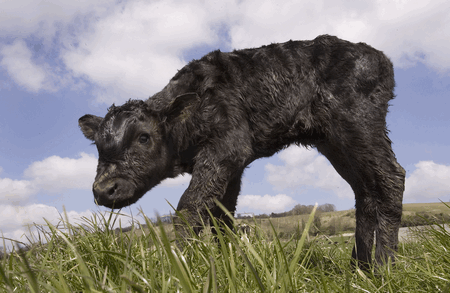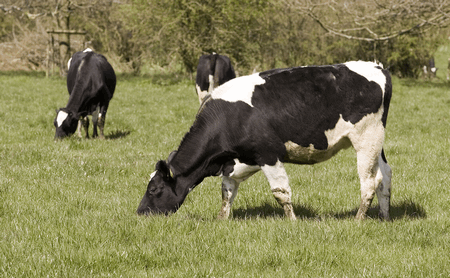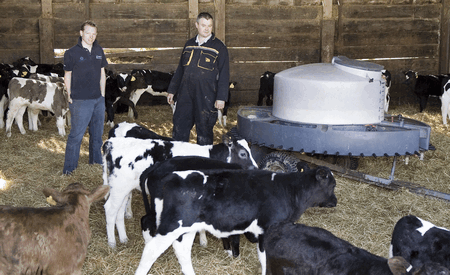How to stop IBR getting into your herd of cows

Buying animals with a high herd health status is a sensible option, although it does not always guarantee they are free from disease.
This naivety and breach of biosecurity has cost dairy farmer Peter Joules, Brabourne, Kent, at least £150,000 from clinical cases and losses, reduced milk yield, fertility, vet costs and treatments.
One of six Limousin bulls, bought from a large pedigree livestock centre in February 2007, is believed to be the source of infectious bovine rhinotracheitis (IBR) which entered Mr Joules’ 1000-cow dairy herd.
The £1700 infected bull supposedly had a high herd health status, says Mr Joules. “I had belief when I went to the sale I would be getting high quality, selecting bulls supposed to be disease-free.
The infected bull, believed to have caught the disease at the sale, began expressing clinical symptoms, such as nasal discharge, lethargy and respiratory problems, 10 days later. Although the vet was called immediately and the animal moved into isolation, the bull died.

Within days of the bulls coming on-farm cows started exhibiting clinical symptoms. As soon as disease was confirmed, vaccine was given intra-nasally to all animals more than 12 weeks old to ensure quick immunity, says Mr Joules.
“Vaccinating more than 1000 animals took two days and a lot of time. The quick reaction by my staff and expert advice allowed the disease to become contained quickly.
“The cost since the outbreak has been unbelievable. I have lost about 4-5% of my herd, milk losses in cows have been about 1000 litres/cow, there has been about a 20% effect on fertility, particularly with cows getting back in calf. IBR has put us back about three years.
“If there are three key points I can suggest to producers, the first would be caution when buying from sales – ‘know what you are buying’. A good isolation policy and herd health planning, including a vaccination policy are vital.
“Eventually my aim is to have a closed herd. However, in the meantime any animals brought in are vaccinated for IBR and isolated for two weeks before integration.

Since the outbreak, Mr Joules has been working closely with Westpoint vet Alex Walters on an eradication strategy.
Knowing your herd health status and having vaccination protocols are vital for welfare and productivity, explains Mr Walters.
“Initially after the outbreak, a vaccination programme with annual boosters was started. However, after eight months clinical signs of the disease were reappearing. This isn’t unusual, as animals exposed to mild stress, such as movements, can increase shedding of the disease.
“With this farm on two sites, animals are often moved between the two and this could contribute to earlier reoccurrence. Vaccination protocols and within-herd biosecurity are ‘hot’ on this farm.

Six-monthly vaccination has eradicated symptoms of IBR. Once injected, the animal will always shed the disease. However, vaccination minimises shedding, says Mr Walters.
“Mr Joules can now sell animals knowing they are protected from the disease, maximising calf health and productivity. Since vaccinating, herd health has markedly improved, particularly milk yield and productivity.
Farmers who have an IBR-positive herd should already have an eradication strategy in place, explains Mr Walters. “If your herd is naïve, it is vital you speak to your vet, get educated on the disease and put a vaccination protocol in place in order to minimise the effects of IBR.
“The costs of vaccinating relative to all other losses are completely negligible. The economic losses can be vast and Mr Joules’ case should be a lesson learned for all producers.
IBR
- Isolate new animals
- Consider vaccination
- Massive economic losses
CAP: IBR infection has cost Peter Joules (left) more than £150,000, but implementing a vaccination programme has helped tackle it says vet Alex Walters.
